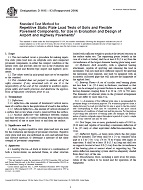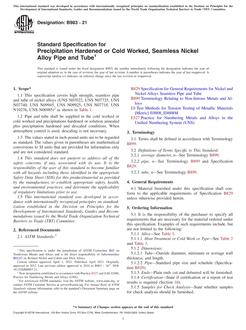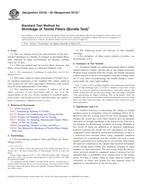1.1 This test method covers the evaluation of the shear stability of an oil containing polymer in terms of the permanent loss in viscosity that results from irradiating a sample of the oil in a sonic oscillator. This test method can be useful in predicting the continuity of this property in an oil where no change is made in the base stock or the polymer. It is not intended that this test method serve to predict the performance of polymer-containing oils in service.
1.2 Evidence has been presented that correlation between the shear degradation results obtained via sonic oscillation and those obtained in mechanical devices can be poor. This is especially true in the case of automotive engines. Further evidence indicates that the sonic technique may rate different families of polymers in a different order than mechanical devices.
1.3 Because of these limitations, the committee under whose jurisdiction this test method falls has developed an alternative shear test method using a diesel injector nozzle, Test Method D3945. While that test method has found some utility in the evaluation of crankcase oils, the stress imparted to the sample has been found to be insufficient to shear polymers of the shear-resistant type found in aircraft hydraulic fluids.
1.4 This test method is used for polymeric additive specifications, especially in the hydraulic fluid market.
1.5 The values stated in SI units are to be regarded as the standard. The values given in parentheses are provided for informational purposes only.
1.6 This standard does not purport to address all of the safety problems, if any, associated with its use. It is the responsibility of the user of this standard to establish appropriate safety and health practices and determine the applicability of regulatory limitations prior to use.
Product Details
- Published:
- 01/01/2001
- Number of Pages:
- 3
- File Size:
- 1 file , 69 KB


